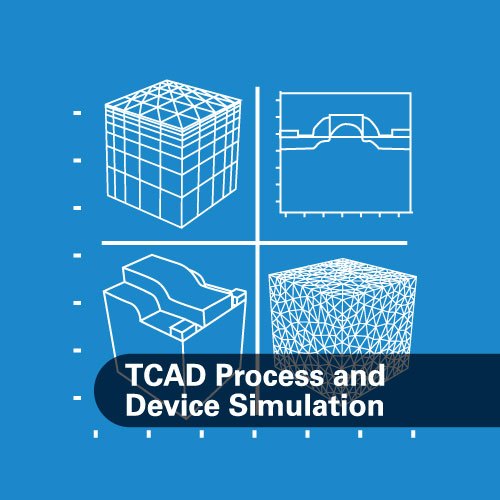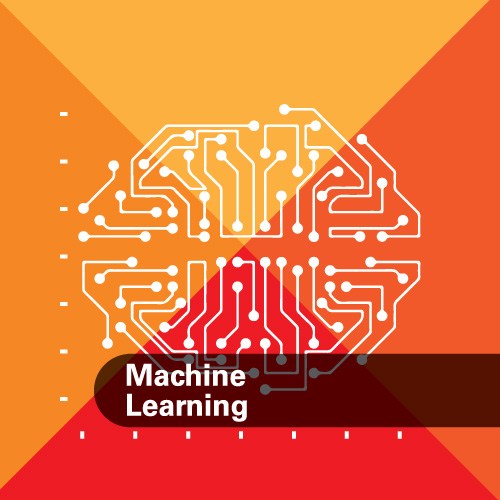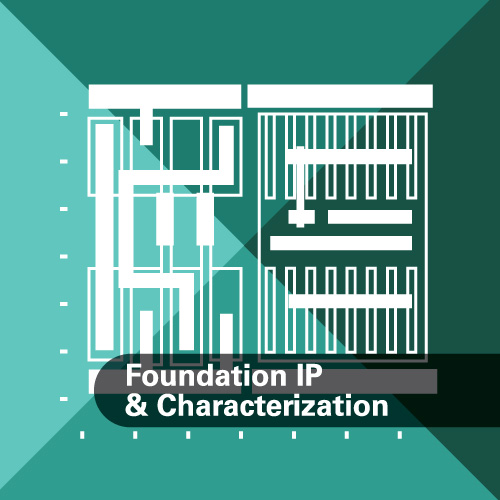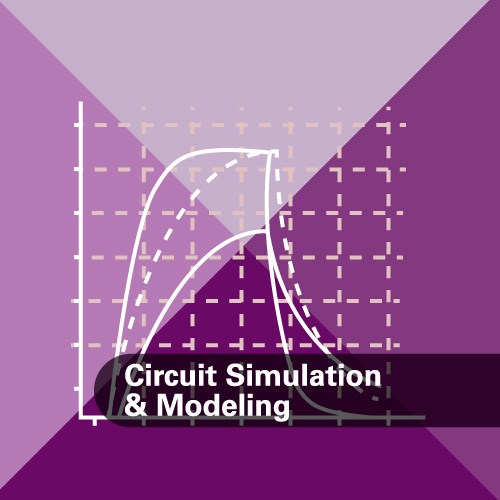
Modeling Quantum Dot Based hyLEDs using Radiant
Radiant is a graphical user interface (GUI) for TCAD simulations which lowers the entry barrier for inexperienced users to doing technology analysis. In particular, the use of guided simulation tools, for both experienced and novice researchers, can speed up the development cycle. Light emitting diodes (LEDs) have caught the attention of the scientific community for many years, especially organic-based light emitting diodes (OLEDs) and the emerging quantum dot-based light emitting diodes (QD-LEDs). As well as the implementation of quantum dot (QD) technology, both organic and inorganic materials have been combined to achieve high-efficiency hybrid light emitting diodes (hyLEDs). This article features the implementation of a simplified 1D simulation of hyLEDs based on QD technology using Radiant software.

Design IP for Automotive SoCs: Trends and Solutions
The number and complexity of automotive SoCs and Control Systems is growing dramatically to fill the demand for new features in next-generation vehicles. Let's look at the specifics. In new cars you will have an advanced graphical user interface, voice recognition, and intuitive touchscreen capabilities. In addition to driver interactions, electrical control systems assist in both driving and stopping the vehicle. This will drive significant growth of the In-Vehicle Network (IVN) semiconductor market. In 2019, the total market in automotive semiconductors will reach 38 billion US dollars. By 2021, the cumulated annual growth rate (CAGR) for Level 4 Semi-autonomous vehicles will be 19%. Longer range projections are needed for Level-5 autonomous vehicles which have not arrived in the marketplace as yet. By 2030, the CAGR forecast for Level-5 vehicles is 41%. All of this is good news for the electronics industry. Which electronic companies are the top players? NXP, Infineon, Renesas, STMicroelectronics, and Texas Instruments had 1/2 of the market for automotive semiconductors in 2015 and are still market leaders.

Six-Sigma Analysis of Digital Standard Cells
library of digital standard cells implements both Boolean logic and sequential storage functions. These foundation IPs are used extensively and repeatedly within application specific integrated circuits (ASICs), field programmable arrays (FPGAs), microprocessors and system-on-chip devices (SOCs).

Remembering Dr. Misha Temkin, Aug. 1955 – Mar. 2019
Dr. Misha Temkin was a beloved colleague and researcher who worked at Silvaco for over 30 years. He passed on March 12, 2019 after a long cancer illness. He was a dedicated Senior Applications Engineer in the TCAD Division at the Santa Clara, California headquarters.

Challenges and Solutions of Nanometer Library Characterization
Graham Bell sits down with Bernardo Culau, Director of Characterization, to discuss the challenges and Solutions of Nanometer Library Characterization. They also discuss the webinar on the same topic. You can catch the webinar at this link: Nanometer Library Characterization: Challenges and Solutions.

Chris Browy of Avery Design Sits Down to Discuss Why Silvaco and Avery are Working Together
Silvaco just announced an agreement with Avery Designs for the distribution of Avery’s verification IP (VIP) for the MIPI I3C sensor interface protocol, which is used in smartphones, IoT devices and camera systems; and its VIP for in-car network applications based on the CAN- FD / LIN / FlexRay protocols.

SPICE Model Generation by Machine Learning
by Thomas Blaesi
It was 1988 when I got into SPICE (Simulation Program with Integrated Circuit Emphasis) while I was characterizing a 1.5 μm Standard cell library developed by students at my Alma-Mata Furtwangen University in Germany. My professor Dr. Nielinger was not only my advisor he also wrote the first SPICE bible in German language. At that time SPICE simulation was already established as the “golden” Simulator for circuit design for over a decade - and remains so to this day.
It was 1988 when I got into SPICE (Simulation Program with Integrated Circuit Emphasis) while I was characterizing a 1.5 μm Standard cell library developed by students at my Alma-Mata Furtwangen University in Germany. My professor Dr. Nielinger was not only my advisor he also wrote the first SPICE bible in German language. At that time SPICE simulation was already established as the “golden” Simulator for circuit design for over a decade - and remains so to this day.

